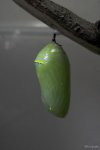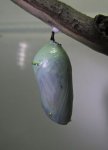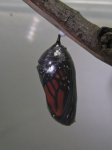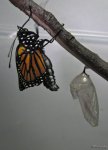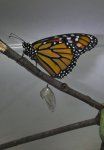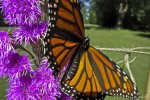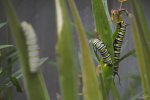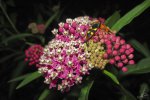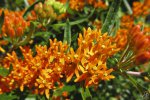- Joined
- Jan 5, 2017
- Messages
- 1,572
- Reaction score
- 1,379
- Location
- Atlantic Beach, Fl
- Hardiness Zone
- 9a
- Country

I'm growing some common milkweed plants this year, from seed. From what I've read, it can be a little tricky to cause the seeds to germinate, unlike the tropical varieties, the common/swamp species require a process of vernalization. http://monarchwatch.org/milkweed/prop.htm
And even then, the link above says that to increase the chance of germination, one should use some type of physical abrasive method to break down the seed coat.
Curious if anyone has found a tried and true method for causing the common/swamp milkweed seed to germinate?
And even then, the link above says that to increase the chance of germination, one should use some type of physical abrasive method to break down the seed coat.
Curious if anyone has found a tried and true method for causing the common/swamp milkweed seed to germinate?





